What’s in it for me? The 2023 UCI rule updates.
12th Jan 2024
The 2023 UCI position regulation changes are the most significant amendments to date and offer great opportunities for improved positional outcomes.

Image by: @StefHansonProductions
Changes at a glance
The 2023 rule changes are easiest to consider in respect to athlete height - If you know the height category you fall into, everything else is easy to define. There are in effect, four height categories.
Category X - Sub 180 cm tall - With a saddle offset < than 50 mm
Category 1 - Sub 180 cm tall - With a saddle offset =/> 50 mm)
Category 2 - 180-190 cm tall - With a saddle offset =/> 50 mm)
Category 3 - 190+ cm tall - With a saddle offset =/> 50 mm
Each category has a permitted length (from the center of the BB) and a permitted height (from the center of the arm cup). For the Sync Ergonomics product ranges, each category has specific arm cup angles that work best with our extension geometry.
More on the UCI Technical Regulations can be found here.
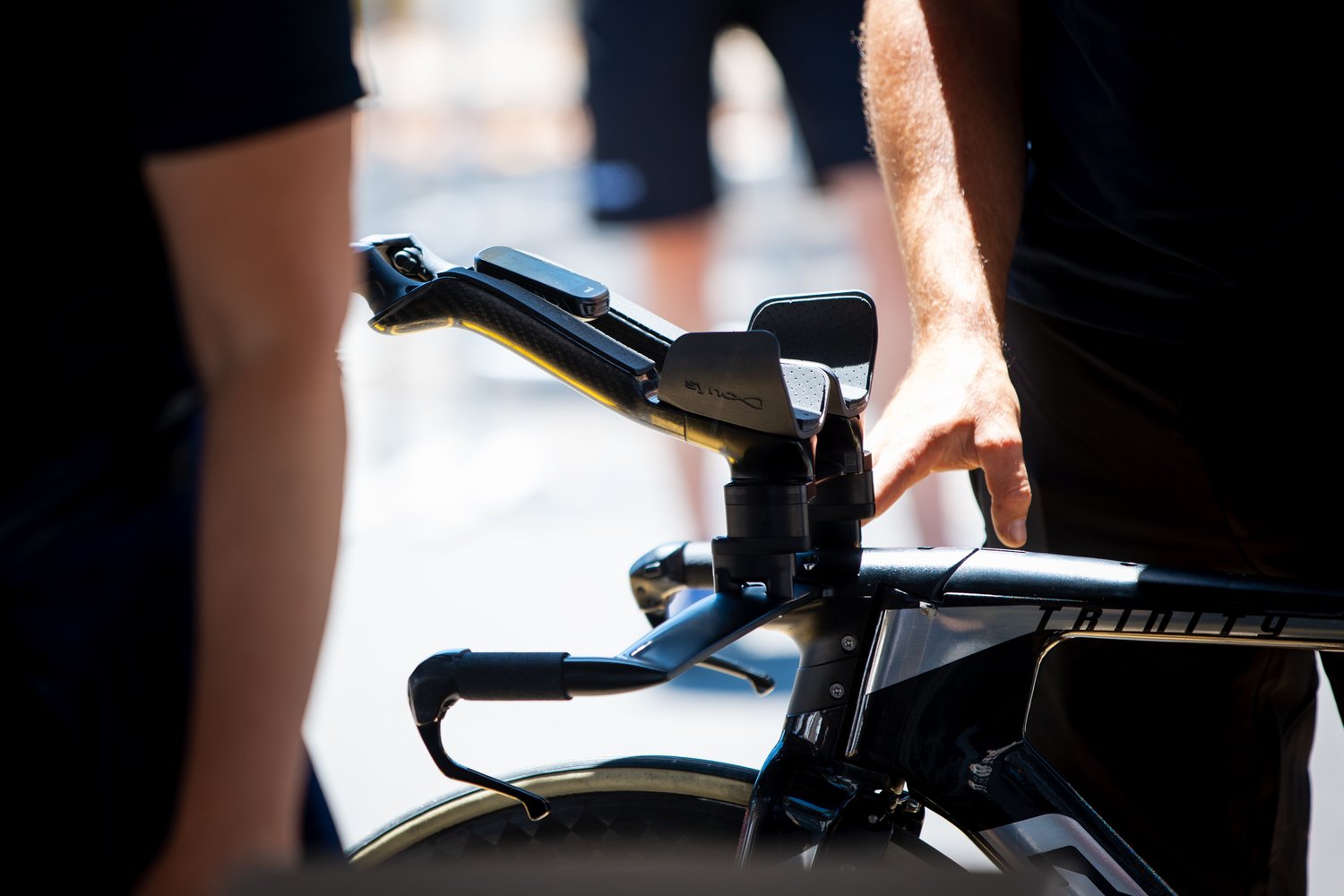
Image by: @StefHansonProductions
Category X
While not called Category X within the Technical Regulations, we have named this accordingly to help understand the setup options.
If an athlete is shorter than 180 cm tall with a saddle offset of less than 50 mm, these are regulations that apply and largely, are unchanged from the pre-2023 Technical regulations.
Length - 750 mm
Height - 100 mm
Sync recommended angle - 15-degrees
How to approach this - If you want to reduce saddle offset to less than 50 mm (shorter athletes), the length that you must not exceed is 750 mm. And in this instance, the height you have to work with is 100 mm.
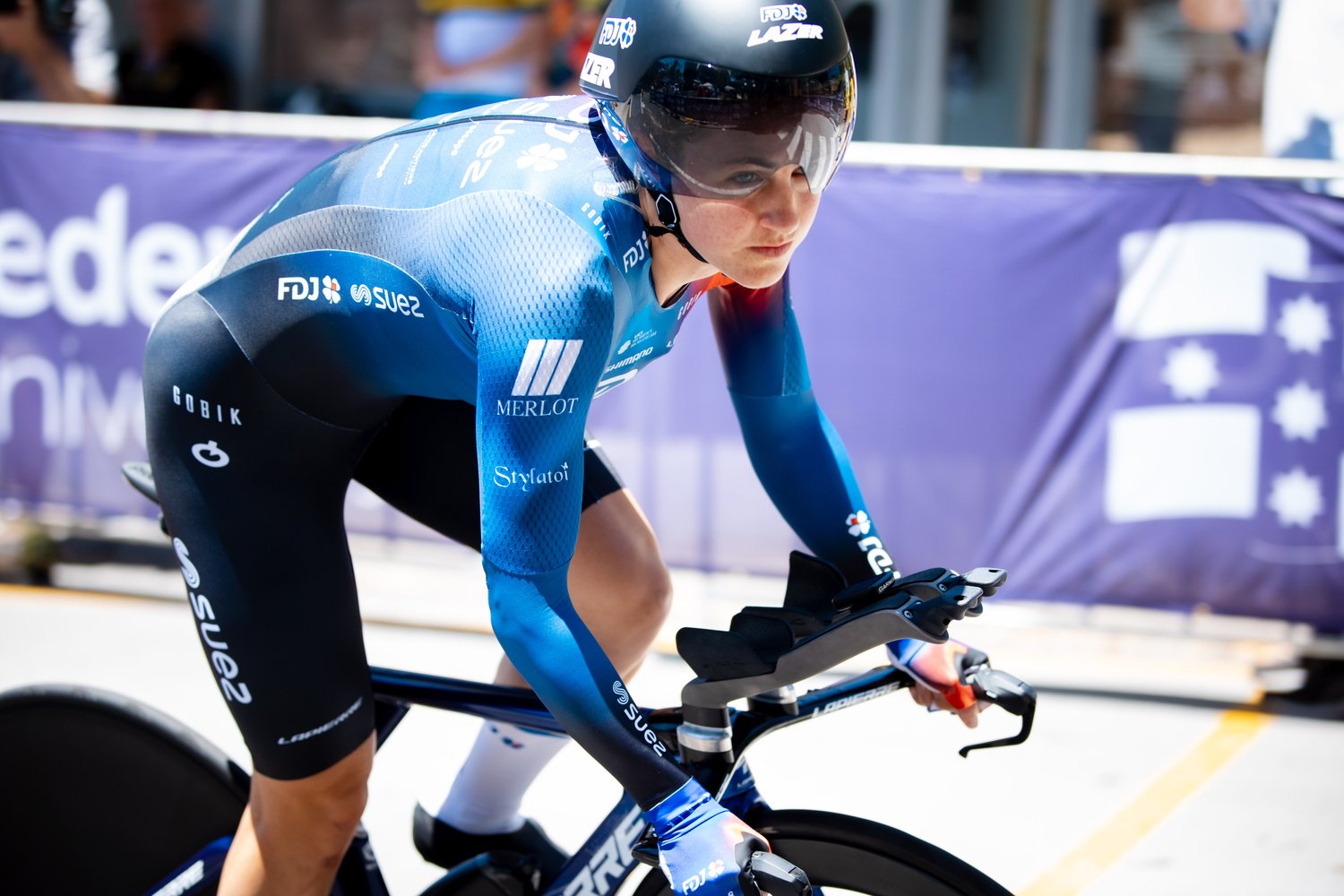
Image by: @StefHansonProductions
Category 1
If an athlete is shorter than 180 cm tall with a saddle offset of equal to or greater than 50 mm, these are regulations that apply and largely, are unchanged from the pre-2023 Technical regulations.
Length - 800 mm
Height - 100 mm
Sync recommended angle - 15-degrees
How to approach this - If you want to run a saddle offset of equal to or greater than 50 mm, but are less than 180 cm tall, the length that you must not exceed is 800 mm. In this instance, the height you have to work with is 100 mm.
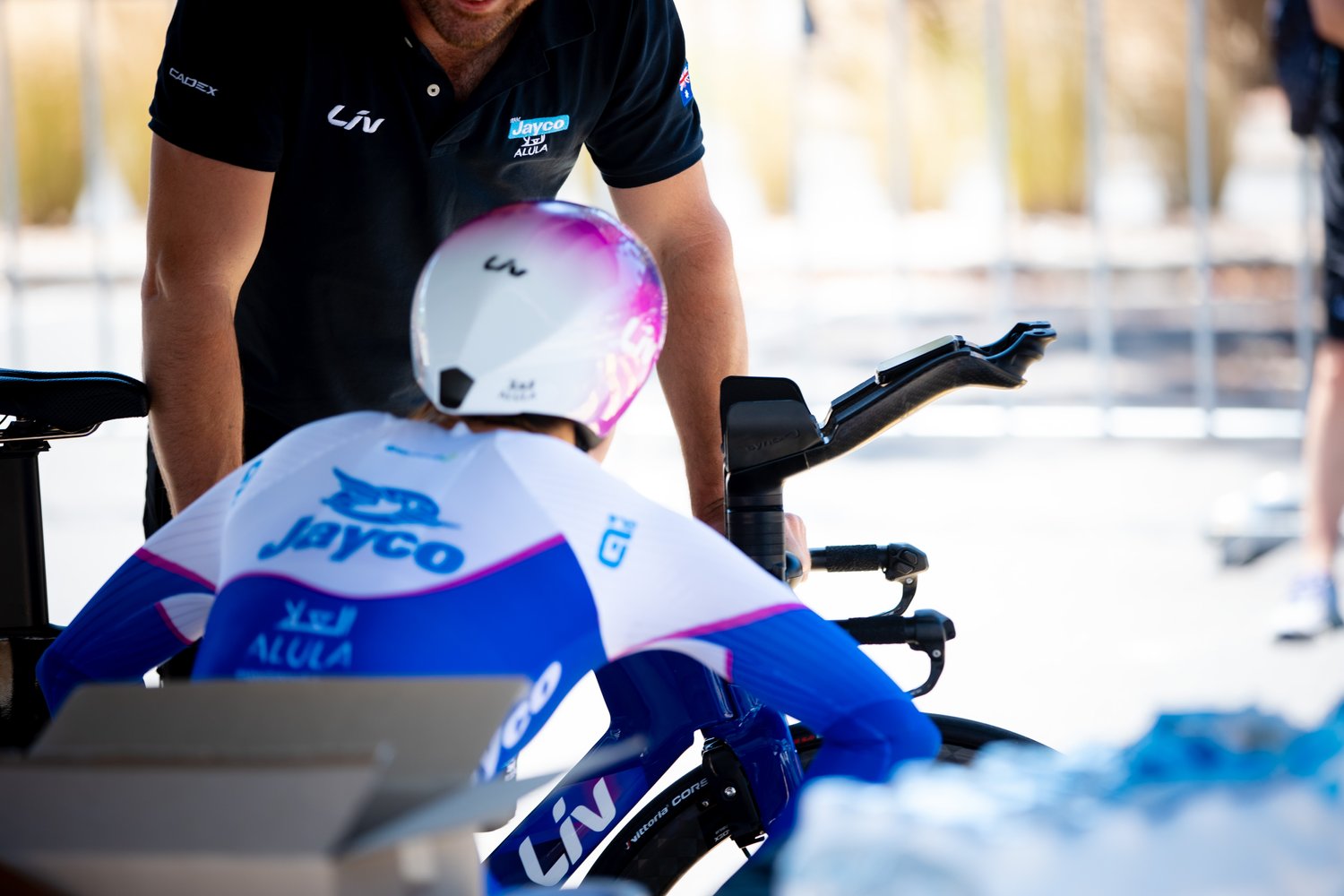
Image by: @StefHansonProductions
Category 2
If an athlete is taller than 180 cm tall with a saddle offset of equal to or greater than 50 mm, these are regulations that apply. This is the category where significant changes can be made, with meaningful improvements in positional outcomes.
Length - 830 mm (+30 mm)
Height - 120 mm (+20 mm)
Sync recommended angle - 20-degrees
How to approach this - Not all athletes in this height category will want the additional 30 mm of length that is now allowed, indeed if you are under 185 cm tall, most likely the length will be closer to 800 mm than 830 mm. However, if you are a taller athlete, approaching 190 cm tall, you will want every millimeter of the length now available to you.
Irrespective of the length, the 120 mm of height is likely to be sought and fully exploited.
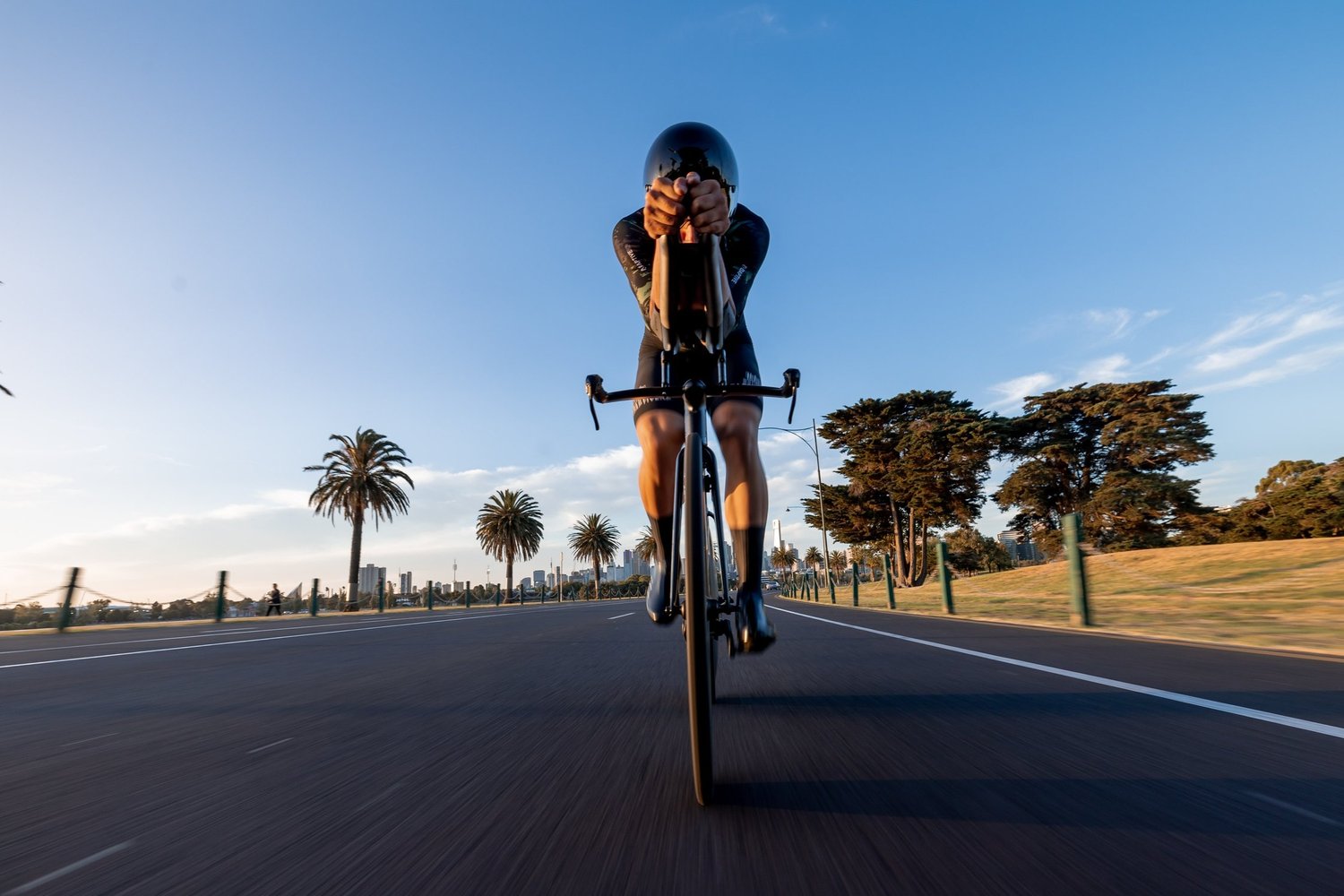
Image by: @StefHansonProductions
Category 3
If an athlete is taller than 190 cm tall with a saddle offset of equal to or greater than 50 mm, these are regulations that apply. As with Category 2, this is a category where significant changes can be made, with meaningful improvements in positional outcomes.
Length - 850 mm (unchanged)
Height - 140 mm (+40 mm)
Sync recommended angle - 22-25-degrees
How to approach this - Not all athletes in this height category will want the full 850 mm of length that is now allowed, indeed we have supported athletes in this height category that remain closer to 800 mm of length.
Irrespective of the length, the 140 mm of height is likely to be sought and fully exploited.

Image by: @StefHansonProductions
EVO PRO build options
Thanks to the modular design of our EVO PRO extensions, we can easily cater for riders that fall into any of the described categories and accommodate this in the build specification.
Category X - Medium extension (Small/Medium build spec)
Category 1 - Medium or Large extension (Medium/Medium or Small/Large build spec)
Category 2 - Large extension (Small/Large, Medium/Large or Large/Large build spec)
Category 3 - Large or X Large extension (Medium/Large or Small/X Large)
Note - The use of our angled spacers is independent of the build specification. The angled spacer is selected according to the height allowed within the category.
Between the World Tour teams we work with and the Australian Cycling team, a range of use cases have been identified and considered in the design of the EVO PRO extensions. More on our EVO PRO extension geometry can be found here.
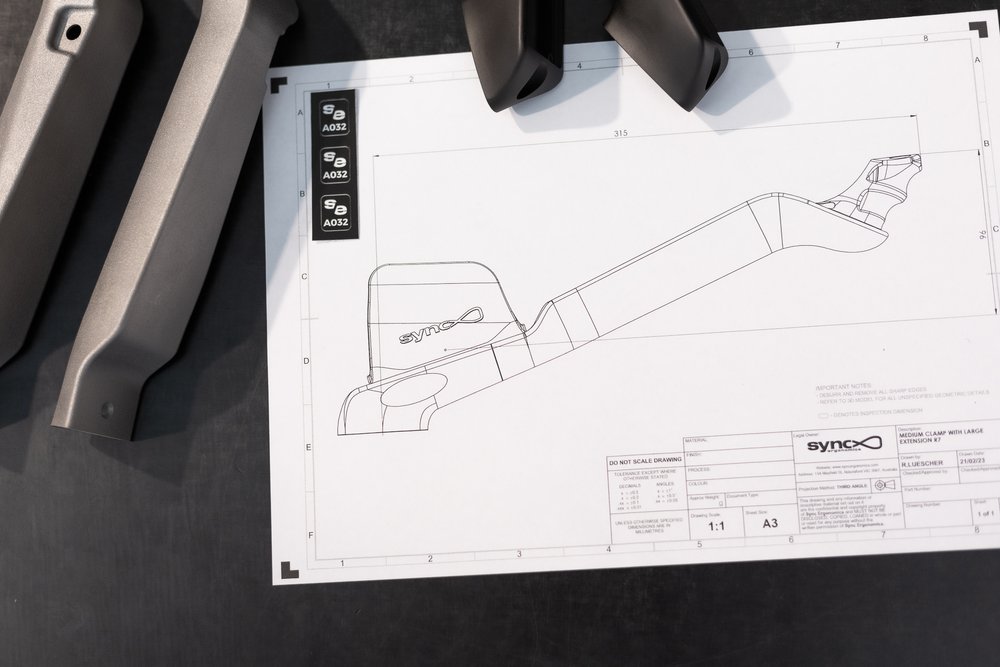
V2 EVO updates
For those with our V2 EVO systems in use (round tube alloy extensions), the simple upgrade options for athletes that fall into Category 2 and Category 3 are our angled spacers.
120 mm of height (Category 2) can be achieved using our Medium Low Rise 3D extensions, with our 5-degree angled spacer. We have a “zero offset” option which means that the length (measured at the end of the extension) does not change. We also offer a 5-degree, 10 mm forward offset spacer, which as the name suggests, provides an additional 10 mm of length. Fine-tuning can also be achieved via the trimming of the extensions.
140 mm of height (Category 3) can be achieved using our Long Low Rise 3D extensions, with our 7-degree angled spacer.
Over the coming weeks the comprehensive range of angled spacers will be available for all V2 EVO systems, allowing for simple updates to current setups. More on our angled spacer options can be found here.
Category X - 15-degrees (no angled spacer)
Category 1 - 15-degrees (no angled spacer)
Category 2 - 20-degrees (+5 degree angled spacer)
Category 3 - 22-degrees (+7 degree angled spacer)
Credits
Images by Stef Hanson(@stefhansonproductions)
Words by Ken Ballhause of Sync Ergonomics

